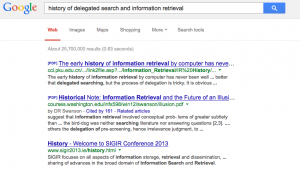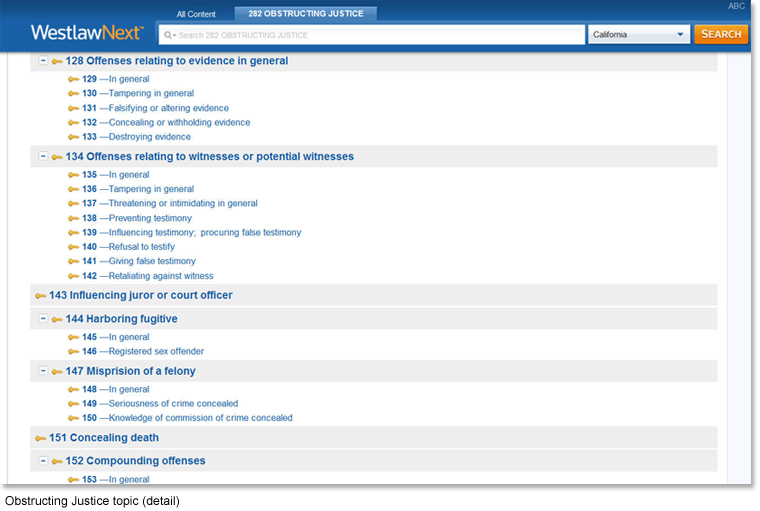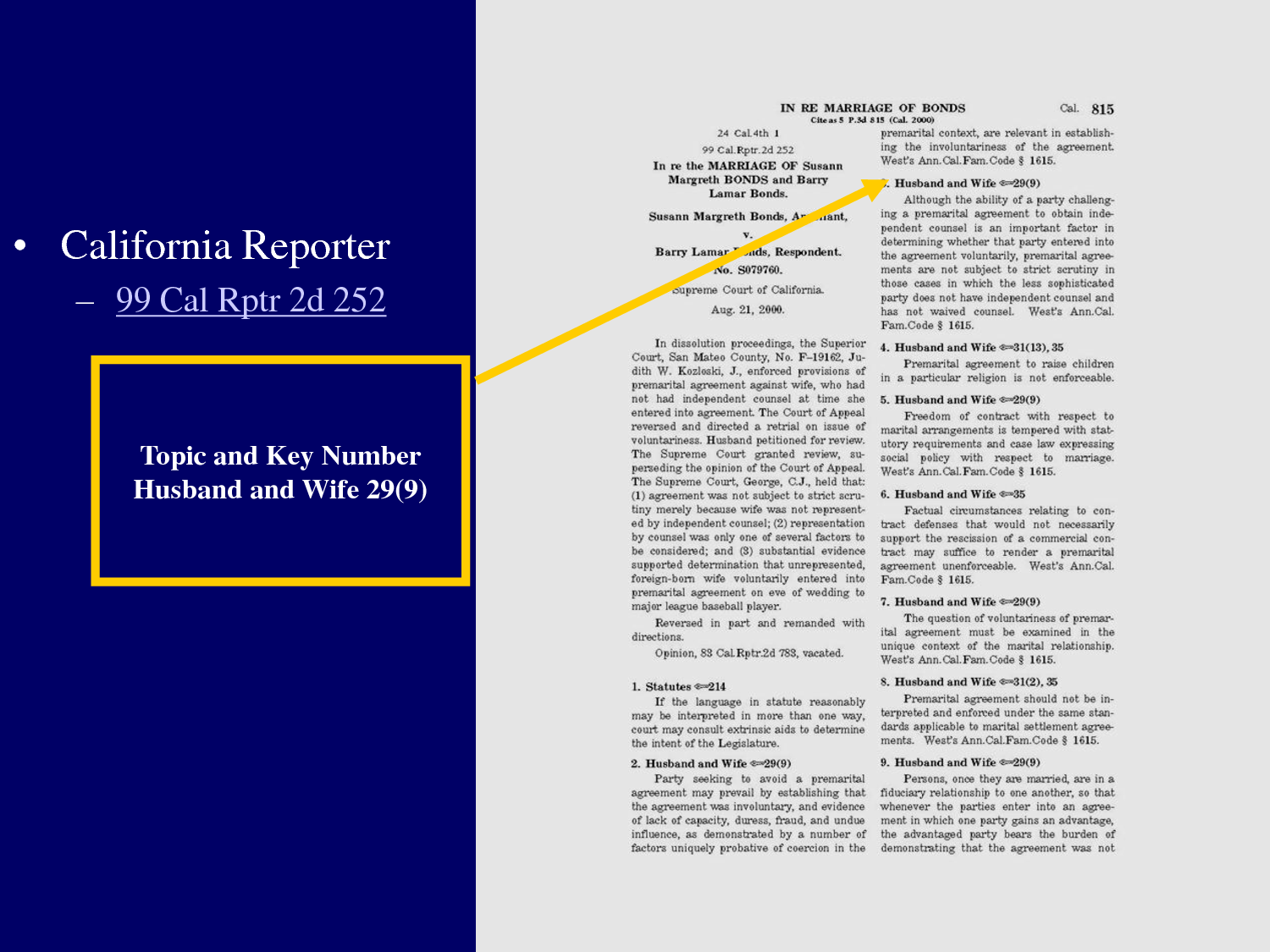A Right to Access Implies A Right to Know: An Open Online Platform for Research on the Readability of Law by Michael Curtotti and Eric McCreath. (Journal of Open Access to Law, Vol. 1, No. 1)
Abstract:
The widespread availability of legal materials online has opened the law to a new and greatly expanded readership. These new readers need the law to be readable by them when they encounter it. However, the available empirical research supports a conclusion that legislation is difficult to read if not incomprehensible to most citizens. We review approaches that have been used to measure the readability of text including readability metrics, cloze testing and application of machine learning. We report the creation and testing of an open online platform for readability research. This platform is made available to researchers interested in undertaking research on the readability of legal materials. To demonstrate the capabilities of the platform, we report its initial application to a corpus of legislation. Linguistic characteristics are extracted using the platform and then used as input features for machine learning using the Weka package. Wide divergences are found between sentences in a corpus of legislation and those in a corpus of graded reading material or in the Brown corpus (a balanced corpus of English written genres). Readability metrics are found to be of little value in classifying sentences by grade reading level (noting that such metrics were not designed to be used with isolated sentences).
What I found troubling about this paper as its conjuring of a right to have the law (the text of the law) to be “reasonably accessible” to individuals:
Leaving aside the theoretical justifications that might be advanced to support this view, the axiomatic position taken by this paper is that all individuals subject to law are entitled to know its content and therefore to have it written in a way which is reasonably accessible to them. (pp. 6-7)
I don’t dispute that the law should be freely available to everyone, it is difficult to obey what isn’t at least potentially available.
But, the authors’ “reasonably accessible” argument fails in two ways.
First, the authors fail to define a level of readability that supports “reasonably accessible.” How much change is necessary to achieve “reasonably accessible?” At least the authors don’t know.
Second, the amount of necessary change must be known in order to judge the feasibility of any revisions to make the law “reasonably accessible.”
The U.S. Internal Revenue Code (herein IRC) is a complex body of work that is based on prior court decisions, rulings by the I.R.S. and a commonly understood vocabulary among tax experts. And it is legislation that touches many other laws and regulations, both at a federal and state level. All of which are interwoven with complex meanings established by years of law, regulation and custom.
Even creating a vulgar version of important legislation would depend upon identification of a complex of subjects and relationships that are explicit only to an expert reader. Doable, but it would never have the force of law.
I first saw this at: Curtotti and McCreath: An Open Online Platform for Research on the Readability of Law.


